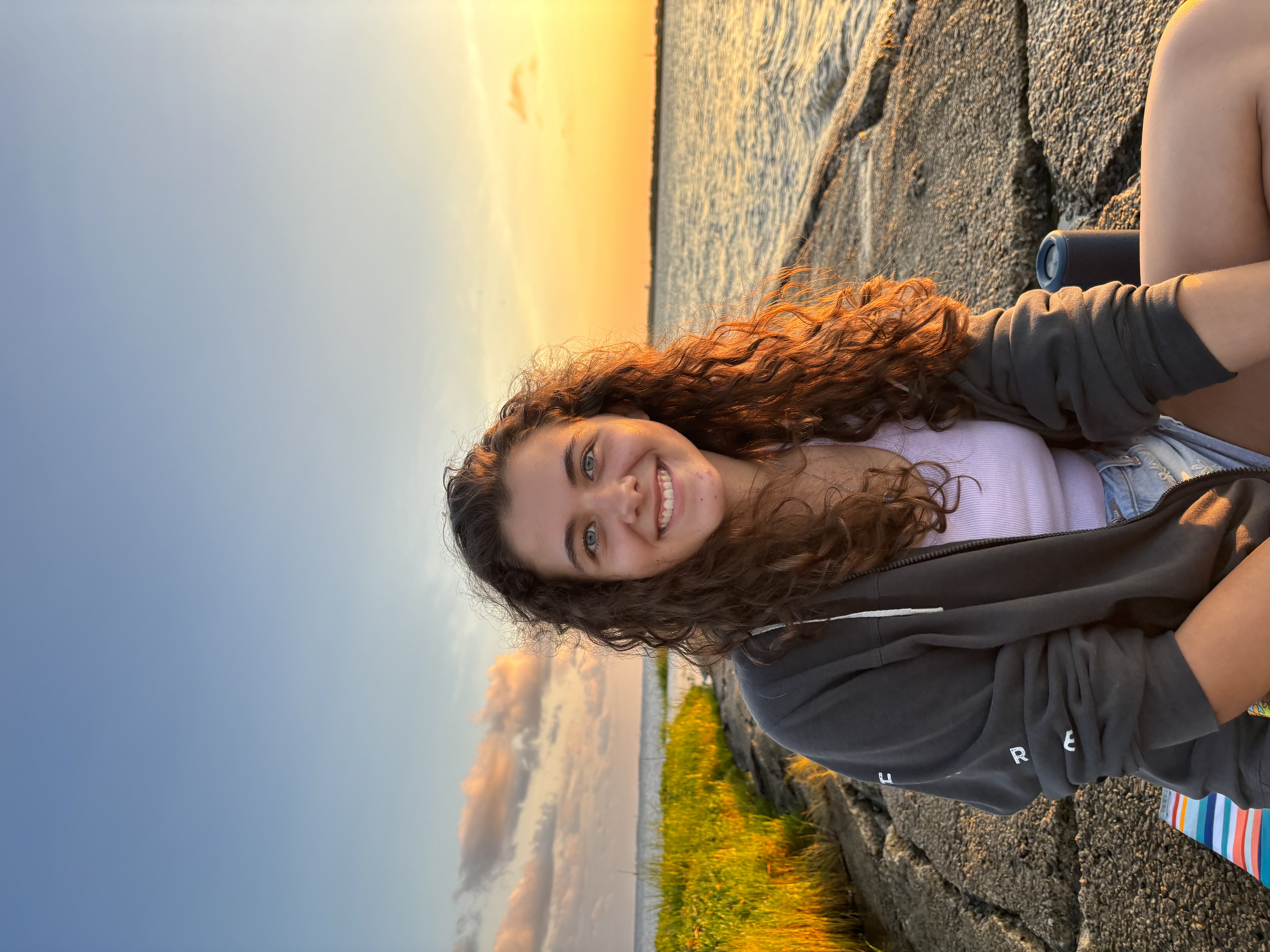Ally Jones
Ally Jones was an undergraduate research assistant working on the Pygmy Project and conducting her own side study. She will be starting her M.S. at University of South Florida in Fall 2024!
Coverboards are frequently used for herpetological sampling to determine community metrics and while it is common to allow coverboards to establish several months before sampling, little research exists regarding how community metrics change over that time. Further, variations in material, habitat, and position may alter the patterns of community metric establishment over time. Our objective was to observe patterns in community metrics weekly from within 1 week post deployment to 23 weeks post deployment to determine what factors affect coverboard establishment. Our study area is Halyburton Park in Wilmington, North Carolina, U.S., an area that has a rich, diverse ecosystem containing a large variety of herpetofauna. On 29 April 2022, we will deploy 4 variations of 40 coverboards randomly 20m apart throughout 2 habitat types in the park: a cypress pond and a sandhills area. We will randomly assign half of the coverboards in each habitat to 2 types of material, plywood or steel roofing, and position, slightly elevated above ground or flat. We will check coverboards twice per week: once within an hour of sunrise and once during the hottest hour of the day. We will record species abundance, richness, time of day, relative humidity, ambient air temperature, temperature under the coverboard, wind speed, and cloud cover at each coverboard. We plan to use panel regressions to determine effects of material, position, time of day, habitat, and weather factors on species diversity and richness. We also hope to identify specific effects of these factors on timing of coverboard establishment. Ally continues to collaborate with Dr. Urbanek and Brandy Wible on the project!
Email Ally



































































